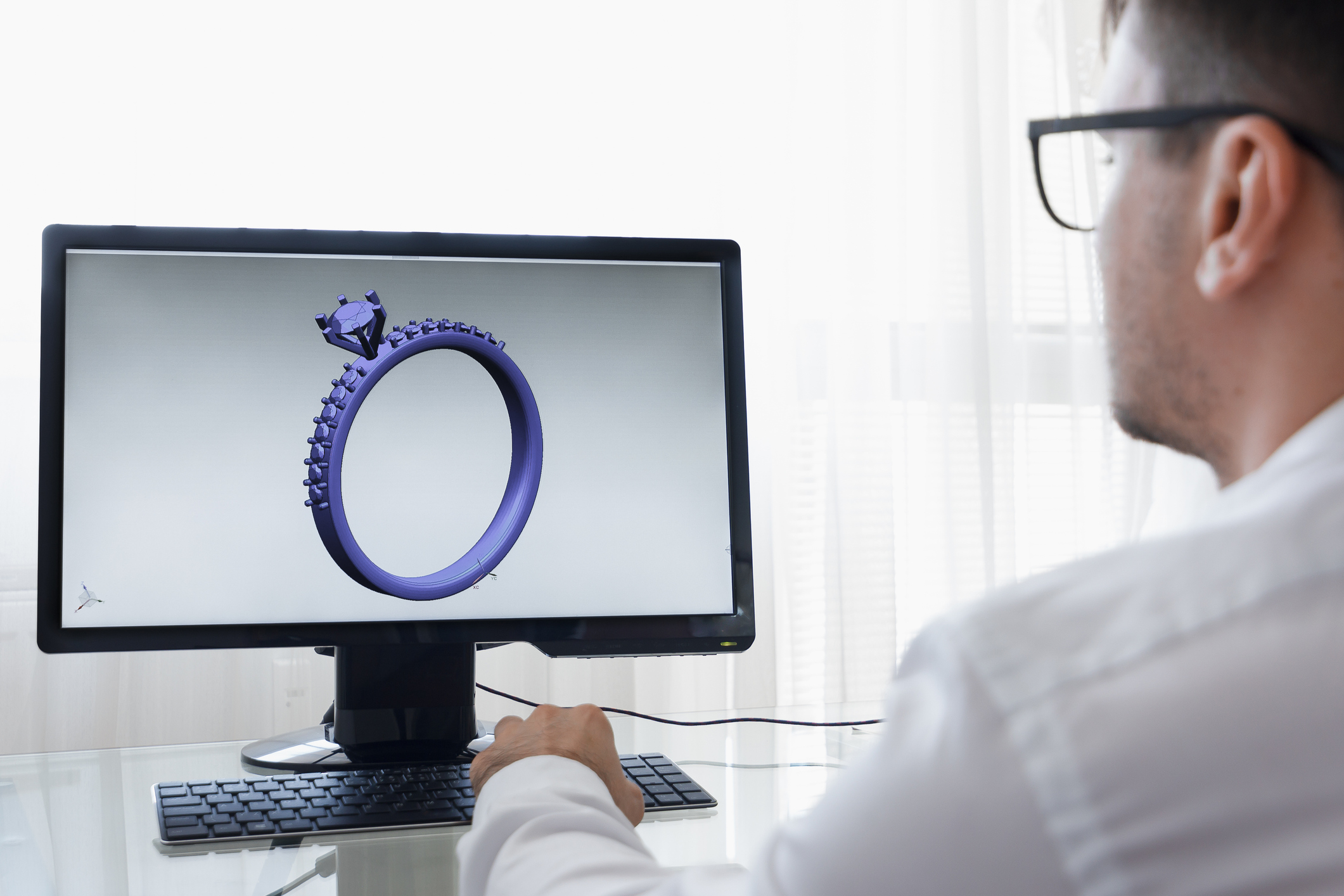For decades, luxury retail attire followed a predictable formula: expensive products called for formal dress. Suits and ties were standard, especially for men in sales roles. The uniform conveyed trust, respect, and professionalism. All core values in an industry built on emotion and high-ticket purchases.
But today’s jewelry landscape looks a little different.
Across the country, jewelers are rethinking how they show up. Formalwear is no longer the default, and many store owners are leaning into a more relaxed, personal approach to dress—without compromising the customer experience.
So what should your sales team be wearing now? That depends entirely on your market, your brand, and how you want clients to feel when they walk through the door.
Let’s get into it.
The suit isn’t dead, but it’s no longer the standard
In high-end jewelry, appearances still matter, but they’re being redefined. While some stores continue to rely on the classic authority of a blazer and tie, others have found that their clients no longer see formality as a must-have. The shift toward casual luxury across industries, from designer sneakers to coworking office spaces, has carried over into fine jewelry.
In fact, many jewelers say that one of the biggest changes since 2020 has been how their customers perceive dress codes.
Since the pandemic, many jewelers have reassessed their store environments, including how they present themselves. Business casual attire—neat jeans, polos, sport coats, or coordinated branded looks—has become more common, especially in stores focused on creating a relaxed, welcoming customer experience. That shift has allowed teams to dress in a way that feels more natural, more comfortable, and more in tune with the evolving luxury landscape.
The pandemic didn’t just disrupt daily operations. It reset expectations. Customers returning to stores in the years since have shown a preference for environments that feel approachable, not overly formal. Many retailers have responded by trading three-piece suits for smart casual looks that still signal professionalism without feeling rigid.
That shift has allowed teams to dress in a way that feels more natural, more relaxed, and more in tune with the evolving luxury landscape.
Match your market, not the old rules
If there’s one consistent takeaway from retailers, it’s that the right dress code depends on the client, not the product. A boutique in a major city catering to high-net-worth clients may still benefit from a polished, formal look. But for smaller stores, family-run shops, or jewelers in laid-back communities, a suit and tie can feel out of sync with what customers expect—or even make them uncomfortable.
Today’s dress codes should be rooted in context. That means knowing your clientele, understanding what makes them feel at ease, and dressing in a way that aligns with the environment you’ve built.
In many cases, dressing down slightly—from suits to dress shirts, or from dress pants to clean, dark-wash jeans—can help create a more relatable, open atmosphere.
Comfort can create confidence
It’s not just about how the customer feels. Employee comfort matters, too. In a sales environment, the ability to be warm, present, and approachable is often tied to how confident someone feels in their own skin. For many jewelers, that starts with what they’re wearing.
When staff are comfortable, they’re more likely to focus on the customer, engage naturally, and move through the day with energy and ease. That translates to better service, better conversations, and—often—better sales.
This doesn’t mean professionalism goes out the window. Neatness, polish, and attention to detail still matter. But the balance is shifting toward styles that support human connection over outdated notions of authority.
Style can be strategy
In 2025, attire isn’t just about dress codes—it’s about storytelling. The clothes your staff wears communicate who you are, what you stand for, and who you're for. From bold accessories to statement t-shirts to coordinated team looks, many retailers are leaning into style as a tool for brand identity.
For example, a store located in an artsy neighborhood might encourage bold accessories or fashion-forward outfits that speak to the community. A family-owned business might embrace a more relaxed, personal style to reflect its approachable atmosphere.
The key is consistency. Whether your team is wearing formalwear or fun branded apparel, the goal should be to present a cohesive look that supports your brand values and customer experience.
A New Definition of 'Looking Professional'
Forget rigid rules. Today, strong dress codes answer specific questions:
- Are team members neat, polished, and intentional in how they present?
- Do they dress in a way that’s sustainable for long hours?
- Does the attire resonate with both the neighborhood and the clientele?
- Does it reinforce your brand—whether that means upscale and refined or fun and unconventional?
By focusing on intentionality, stores can navigate between extremes—blazer or branded tee, formal or funky—and still look put‑together.
Final thoughts: dress with purpose
There’s no single right answer for what jewelers should wear in 2025. But there is one clear trend: intentionality matters more than tradition.
Suits and ties still have their place. But so do polos, jeans, graphic tees, and colorful accessories, so long as they reflect your store’s personality and resonate with your clientele.
Creating the perfect dress code starts with knowing your brand, understanding your customers, and empowering your team to show up with confidence. Because whether you’re dressed up, dressed down, or somewhere in between, what you wear should support the experience you’re trying to create.
After all, you’re not just selling jewelry. You’re building trust, one conversation at a time. And your look should help make that easier.





